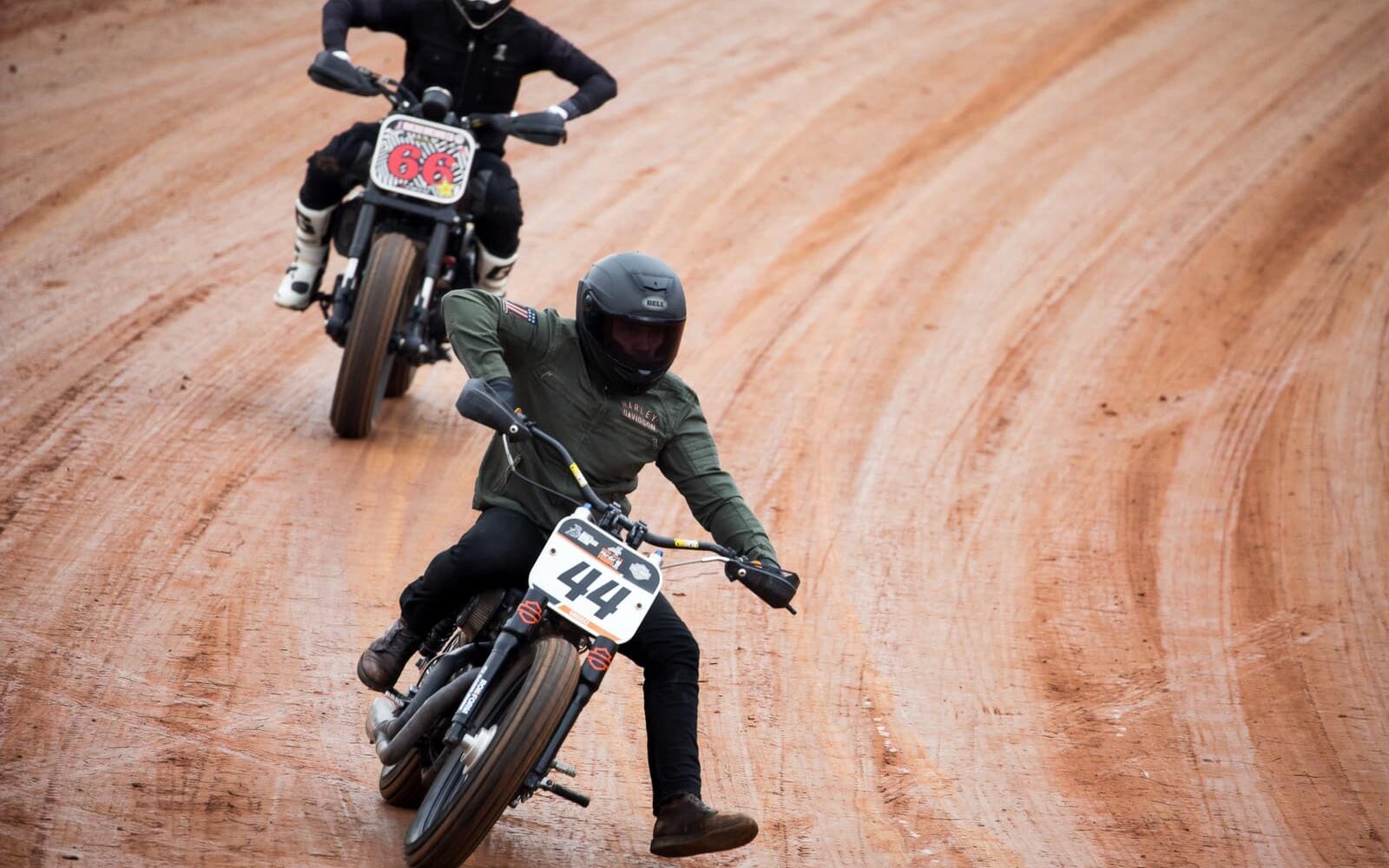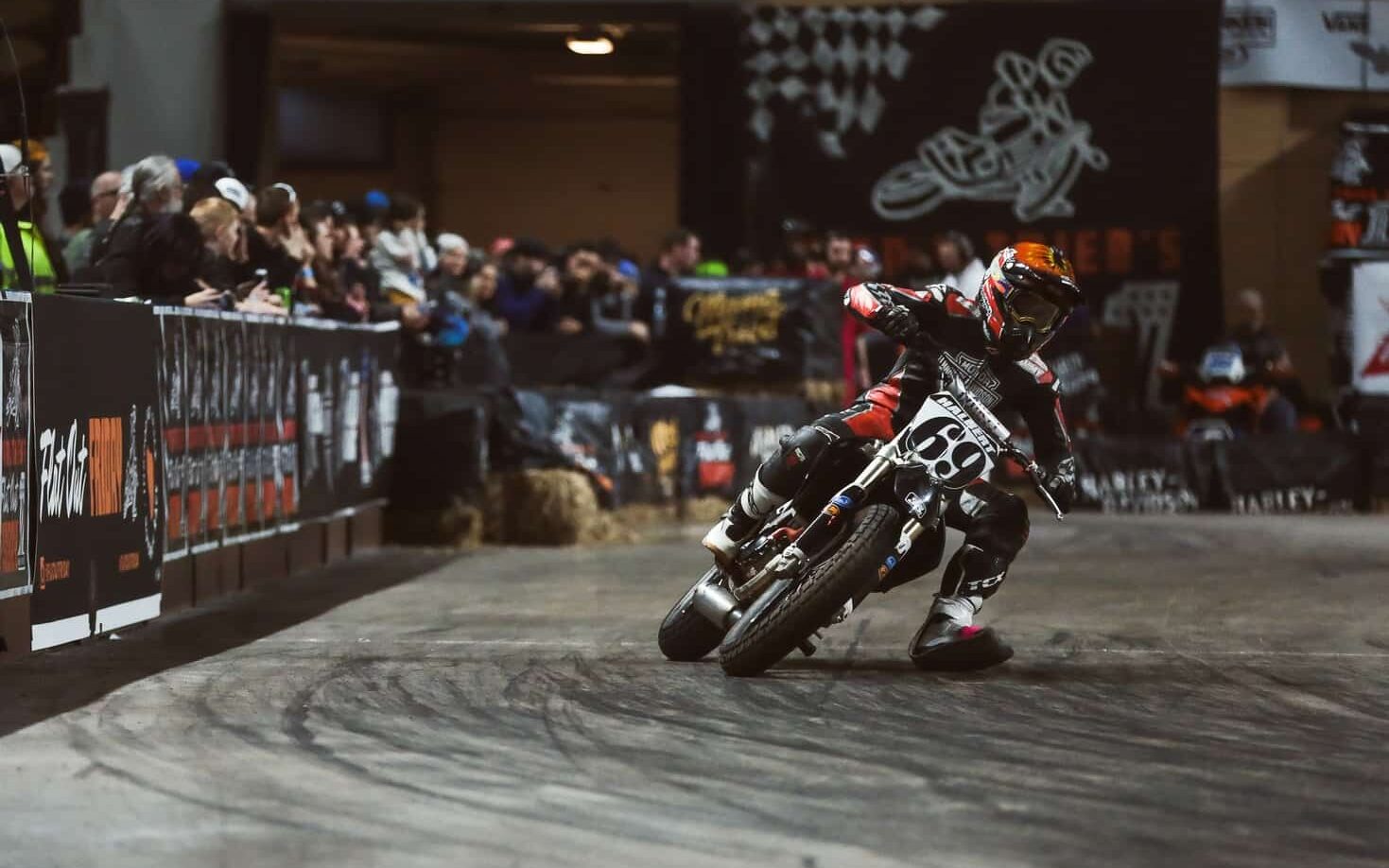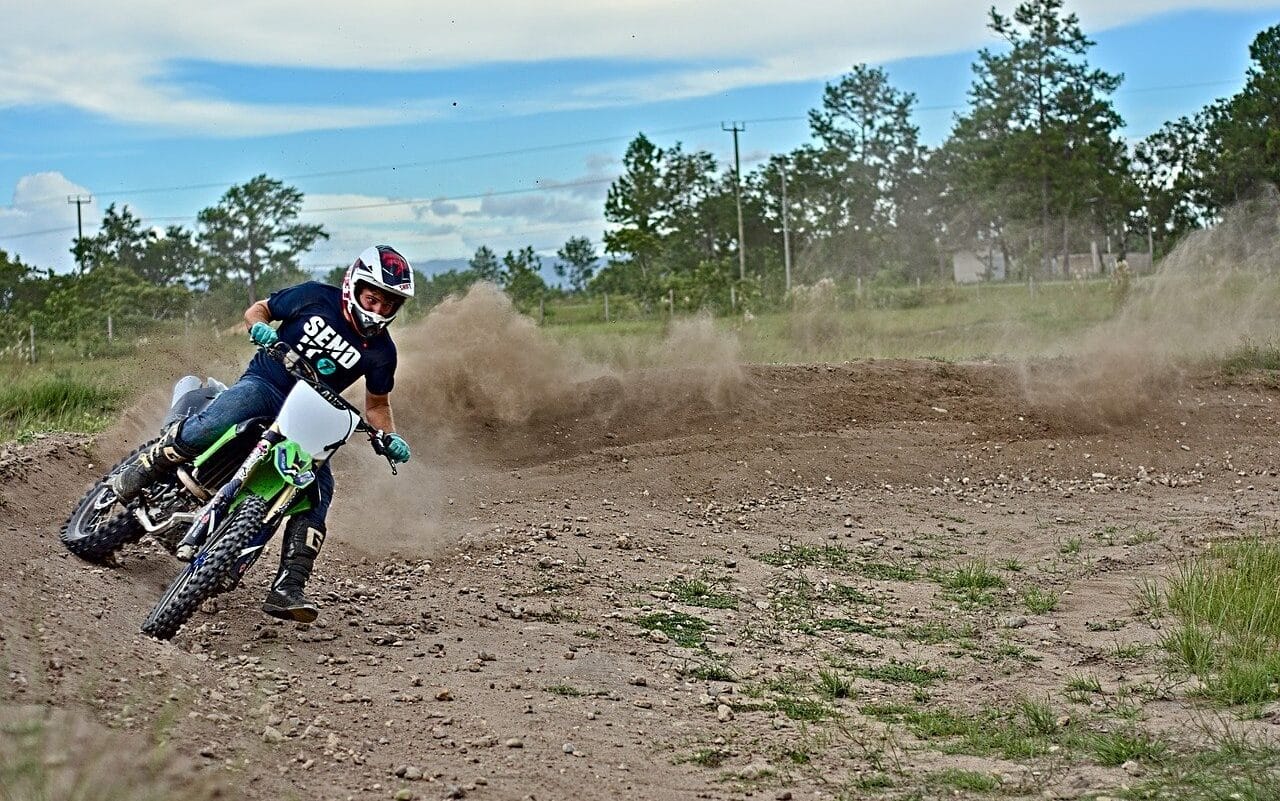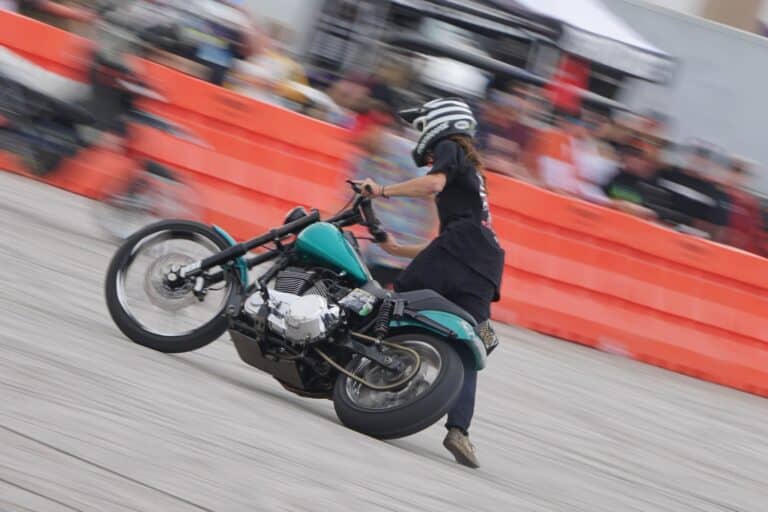I know what you’re thinking – “Motorcycles with ABS can’t be drifted.” But, before we jump to any conclusions, let’s discuss the differences between motorcycles with and without ABS. And how in fact you can drift a motorcycle with ABS
ABS stands for Anti-Lock Braking System. This system is designed to prevent skidding by keeping the brake pads at a constant pressure on the rotors when they are applied. This means that if your motorcycle has an anti-lock braking system, it CANNOT be drifted whilst turned on.
However, if your bike doesn’t have ABS (most bikes don’t) OR your bike has the ability to turn off your ABS, then you’re in luck! The lack of this safety feature will allow you to drift like never before!
To drift a bike effortlessly, riders have to learn about the varied applications of the rear brake, rear tire, tire pressure, front brake, front tyre, power brake, tread depth, front wheel and simply own risk with protective gear for effective motorcycle drifting. Old tires, brake hard and more throttle add to rolling burnouts during motorcycle drifting. The sweet spot of the new tire can be a dangerous thing that most people overlook while motorcycle drifting.

⚠️ CAUTION ⚠️ Drifting a motorcycle is dangerous and should only be done on private property with no other motorists around.
Now let us first look at the differences between bikes with ABS and without ABS
Bikes with ABS

Bikes with ABS are a great option for those who want to feel safer on the road.
They allow you to brake and steer at the same time, which can be handy when you have to stop fast or come out of a tight turn.
Anti-lock Braking System (ABS) is designed specifically to give the riders a better degree of control over their motorcycles during harsh weather conditions and prevent them from the serious dangers of panic braking.
Bikes that are equipped with ABS do not allow the wheels to get locked under the circumstance of heavy braking. This enables the wheels to keep rotating, giving the rider a much better degree of steering control over their motorcycles, and therefore, it prevents the bike from skidding on slippery surfaces.
The primary benefit that riders get from ABS integrated bikes is stopping safely on roads covered with a thin layer of ice. These roads are extremely dangerous for riding at high speeds and if any situation demands sudden stopping, ABS kicks into action and prevents the rider from sureshot collision.
There are several studies that show bikes with ABS have a much lower chance of meeting with an accident or colliding with other vehicles on slippery surfaces, when the situation demands sudden and quick braking, than bikes that come without the technology.
Bikes without ABS
On the other hand, bikes without ABS are more for experienced riders.
They allow you to get on the throttle faster after braking and this can be perfect when coming out of a tight turn or trying to drift around corners.
Bikes that are not equipped with the technology of ABS work on traditional braking systems, where the rider applies pressure on the brake pedals and the pedals clasp against the wheels to stop it from rotating.
Without anti-lock brakes, riding your motorcycle in wet conditions becomes exponentially harder because of one simple reason – if you lock up your wheels while braking, there’s no way to clear it so easily with only rear-wheel drive!
The two options that you will have at your disposal are either trying to release pressure from the brake enough so that you don’t keep sliding but not too much where your bike starts skidding again, or the rider could pull in the clutch lever which will disengage both engine power Aand the brake force once applied(which is sometimes easier said than done).
So, it is important that if you are riding a bike that does not come with ABS technology, on a slippery and wet road, in order to come to a sudden halt, you apply the brakes hard for the first time and then gradually but most importantly slowly release the pressure from the brakes as your bike slows down.
So now that we know this difference between bikes with ABS vs without ABS, let’s look at how to drift a motorcycle that is equipped with ABS.
A step-by-step guide to drifting your motorcycle that has ABS

First, find an empty parking lot or private property where you are not interfering with other motorists.
This is important as you do not want to compromise the safety of others around you while you are practicing how to drift.
After you find a safe and empty place, the next step is to turn off your motorcycle’s ABS
Now that you have switched off your ABS, try to approach the turns at a speed that feels comfortable to you and then apply the brake. This will result in your bike starting to slide sideways and this specific motion is known as “drift”.
When you want to stop drifting, all you need to do is simply take your foot off of the brakes and put it back on again when you need more traction (like if you come across a bump on the road).
As soon as you approach a turn, just release the brake and seamlessly transition into a turn. This will result in your bike drifting back outwards.
If you need to stop quickly and suddenly while drifting, simply apply both the brakes together. However, it is important to remember that you do this only in emergency situations because if you frequently apply both the brakes, it will eventually weaken the overall braking mechanics of your motorcycle.
Always practice your drifting stunts on long and straight roads with no other cars around and in an area where it’s safe for you to crash into things. For example, parking lots or empty streets near buildings. In this way, you will not put your safety as well as others’ safety on the line.
If you are someone who loves doing stunts – like drifting your motorcycle, then we recommend you get a bike that comes without ABS. That motorcycle will be much more up your alley. Remember that bikes without ABS are always more fun to ride and drift because you can pull on the throttle faster after coming out of a turn or braking which will cause your rear wheel to spin. This is perfect for creating smokey, drifting action!
Conclusion
By now, you should have a better understanding of what ABS technology is and how it works. You also know the differences between bikes with ABS vs without ABS when it comes to braking, riding in wet conditions as well as drifting.
Always remember that if your bike does not come equipped with anti-lock brakes, then there are some key techniques that will help you put the brakes on slippery surfaces like asphalt or mud. The techniques require a lot of practice and experience and therefore, need time and patience.
Do not take safety lightly because if your motorcycle starts skidding on an icy road and you are not been able to control it properly, you can meet with a serious accident and it may even, unfortunately, take your life.
So, ride safely and do your stunts responsibly!






